CAROLINA WETLANDS PAST TO PRESENT
Background
The North Carolina Department of Environmental Quality has reported on the State of the Environment (2011) and the North Carolina Coastal Federation has reported on the State of the Coast – several years ago we realized we needed to report on the State of the Wetlands in the North and South Carolina. We started with our State of the Wetlands webpage and have periodically published scientifically based white papers. This report was produced by our Science Committee led by Ginny Baker Daniel.
Purpose of the Report
The purpose of this report is to present an overview of the state of an important but shrinking resource – wetlands in North and South Carolina. The report will establish a baseline – as a basis for seeing future trends in wetlands in the Carolinas – by addressing the following questions.
- What are the functions and benefits of wetlands in the Carolinas?
- How many wetlands do we have, what are their types, and where are they?
- How have past and current land-use practices affected our wetlands?
- What other threats/stressors are there and how can we manage them?
- What is the current condition of our wetlands?
- How do we protect and manage this valuable resource through education, conservation, restoration, and other activities?
More information about efforts to manage this loss and rules protecting wetlands and changes to them in recent years can be found in the Carolina Wetlands Association’s Wetland Regulation, Permitting, and Mitigation White Paper (under development).
Wetland Gallery
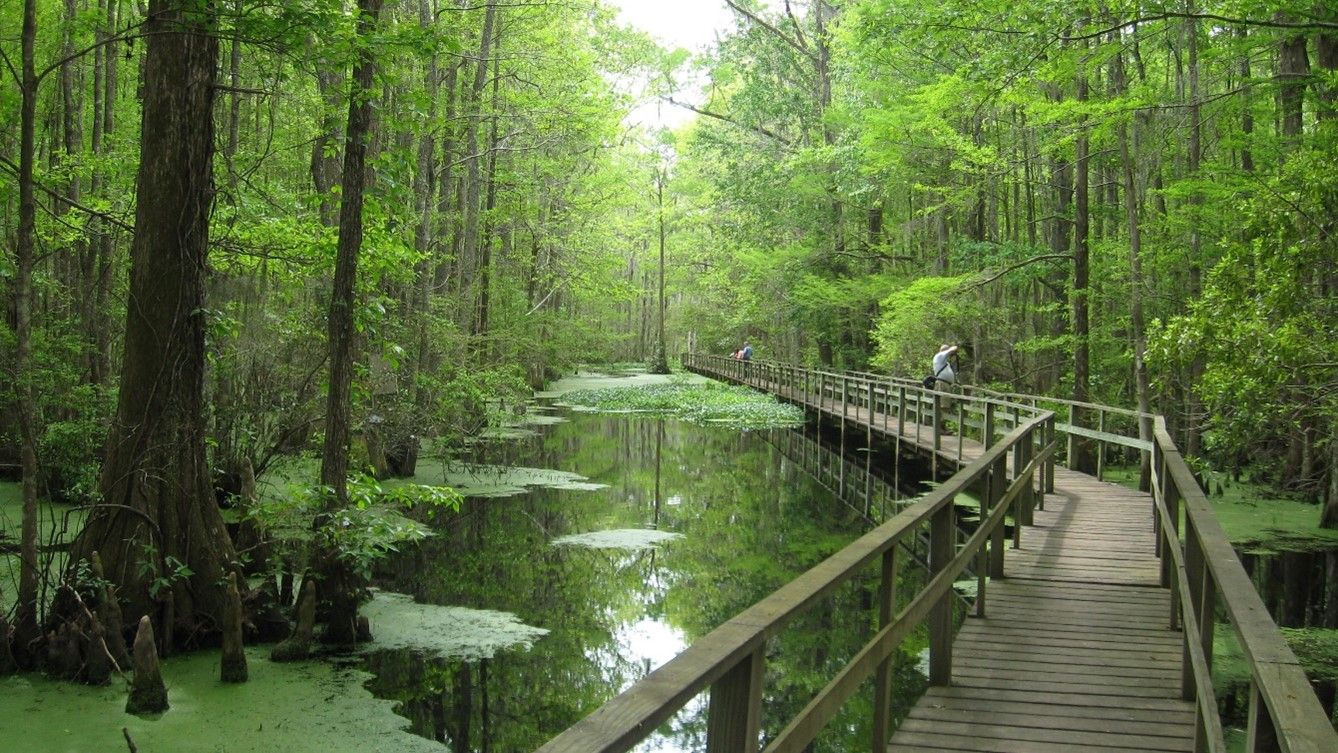
Riverine Swamp Forest
Riverine Swamp Forest in the Coastal Plain, Congaree National Park, Richland County, SC
Button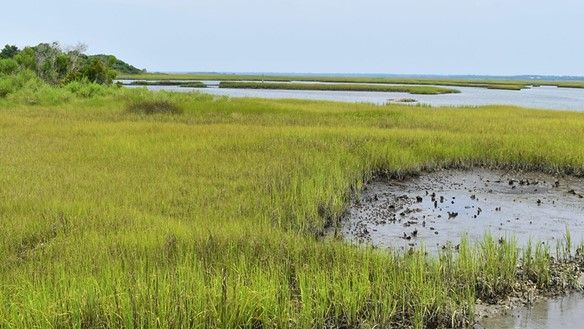
Salt Marsh
Salt marshes at Hammocks Beach State Park, Onslow County NC, courtesy of ncwetlands.org
Button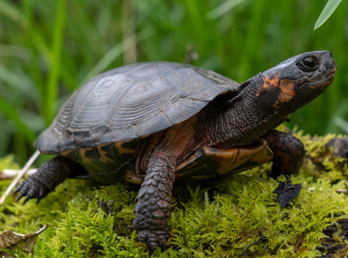
Bog turtle
Bog Turtle, Photo by Nathanael Stanek, turtleconservancy.org
Button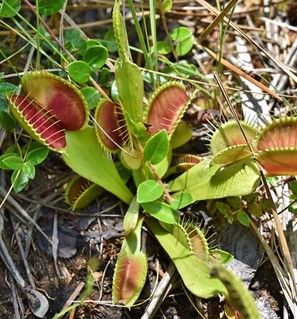
Venus flytrap
Venus Flytrap (Dionaea muscipula), Green Swamp Nature Conservancy Preserve, Brunswick County NC, courtesy of ncwetlands.org
Button
Mountain bog
Mountain Bog, Panthertown Bog, Jackson County, NC, courtesy of ncwetlands.org
Button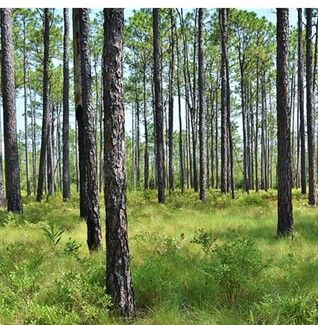
Pine savannah
Coastal Plain Pine Savannah, Green Swamp Nature Conservancy Preserve, Brunswick County NC, courtesy of ncwetlands.org
Button
Report Audience
This report is for anyone who has had some exposure to wetlands and familiarity with environmental terms (e.g., “watershed”). We hope you learn something new about wetlands.
Webinar
Ginny Daniel, Lead Author, presented an overview of the report in December 2022.
Mailing Address
Carolina Wetlands Association
PO Box 3359
Raleigh, NC 27636
Mailing Address
Carolina Wetlands Association
PO Box 3359
Raleigh, NC 27636
Mailing Address
Carolina Wetlands Association
PO Box 3359
2Raleigh, NC 27636
All Rights Reserved | Carolina Wetlands Association
